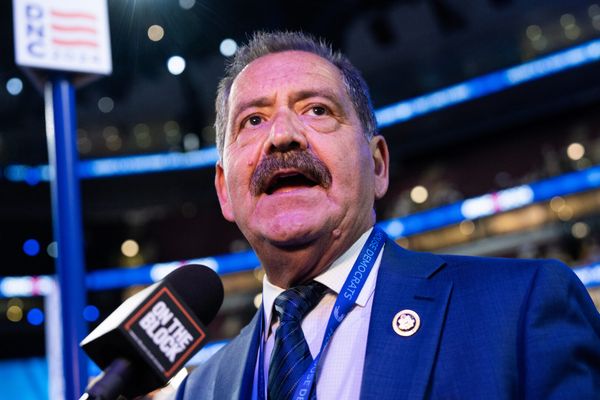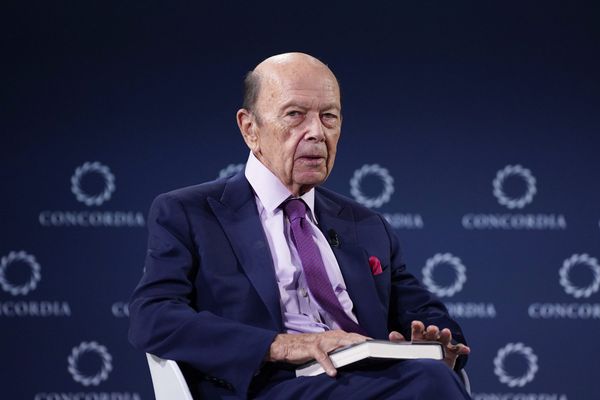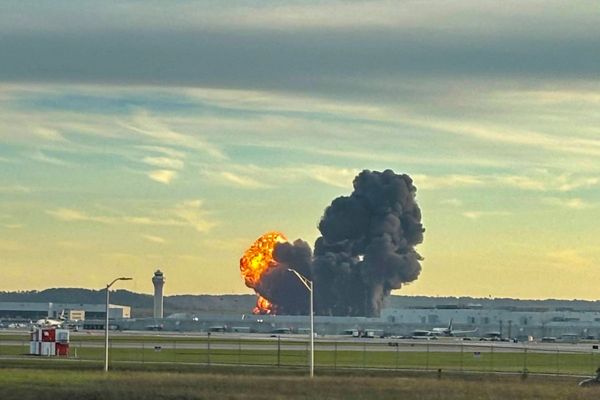
A recent Santander Bank survey reveals two major financial mistakes many Americans are making with their savings. These errors could cost them hundreds, or even thousands, of dollars over time.
Trending Now: Here’s How To Fix Your Budgeting Problems, According to Kumiko Love
For You: 9 Low-Effort Ways To Make Passive Income (You Can Start This Week)
From misunderstanding the benefits of high-yield savings accounts (HYSAs) to storing emergency funds in risky investment accounts, these missteps are putting their hard-earned money at risk.
Mistake No. 1: Underutilizing High-Yield Savings Accounts
Despite offering interest rates that can be nearly 10 times higher than traditional savings accounts, high-yield savings accounts remain underused. According to Santander Bank’s head of retail banking and transformation, Swati Bhatia, many consumers mistakenly believe they must leave their primary bank to open a HYSA, which is not the case.
“Many consumers believe they need to break up with their primary bank in order to open a high-yield savings account, and they don’t understand how easy it is to move money to and from their high-yield savings account,” said Bhatia.
There’s also confusion about what HYSAs are best used for. While they’re ideal for emergency savings, they’re also a smart option for short-term goals like travel, home repairs or large purchases.
“The safety and security of high-yield savings accounts is underestimated, and may even be confused with riskier accounts, like investments,” Bhatia said.
Trending Now: Dave Ramsey Urges Americans To Pause 401(k) Contributions — Should You?
That confusion can come with a real cost. Many consumers continue to keep their money in traditional savings or checking accounts that offer minimal interest, which means they could be missing out on a significant amount of free money.
For example, someone with $10,000 in a HYSA earning a 4.00% APY could generate over $400 in interest after one year. This compares to less than $40 for someone earning the national average of 0.38%.
“Our research shows that 9 in 10 high-yield savings accountholders agree these accounts help them build their savings faster,” Bhatia said. “The interest they earn is meaningful to their finances.”
Mistake No. 2: Storing Emergency Funds in Risky Investment Accounts
The survey also found that 34% of Americans are using brokerage accounts to hold emergency savings, which can be a risky move. Unlike HYSAs, brokerage accounts are not FDIC-insured, and funds are subject to market downturns or volatility.
“While brokerage accounts can be a great way to save for longer-term goals, they aren’t covered by FDIC insurance, so investment risk and market volatility makes them a risky option for keeping funds that may be needed sooner,” Bhatia said. “If you need to access your funds during a time of market volatility, you may have less than what would be expected and be unable to cover an emergency expense.”
This could leave you scrambling to find the funds, or worse, needing to take on debt to cover an unforeseen event.
Why Making the Most of Your Savings Matters
In today’s uncertain economy, having a secure emergency fund is essential. A high-yield savings account offers a safe, accessible way to grow your savings without exposing it to market risk.
“A high-yield savings account can kickstart an emergency savings fund, which can be the buffer you need to overcome a significant financial emergency,” Bhatia said. “These accounts are safe and grow steadily without being exposed to market risk — which tends to increase during times of economic uncertainty — so you can be sure deposits will be available when you need them.”
By avoiding the two costly mistakes above, you can make smarter financial decisions and maximize your savings potential.
Caitlyn Moorhead contributed to the reporting for this article.
More From GOBankingRates
- 9 Costco Items Retirees Need To Buy Ahead of Fall
- 5 Ways 'Loud Budgeting' Can Make You Richer, According to Vivian Tu
- 5 Clever Ways Retirees Are Earning Up to $1K Per Month From Home
- 9 Low-Effort Ways to Make Passive Income (You Can Start This Week)
This article originally appeared on GOBankingRates.com: 2 Costly Mistakes Americans Make With Their Savings, According to Bank Study







